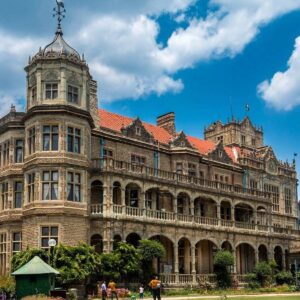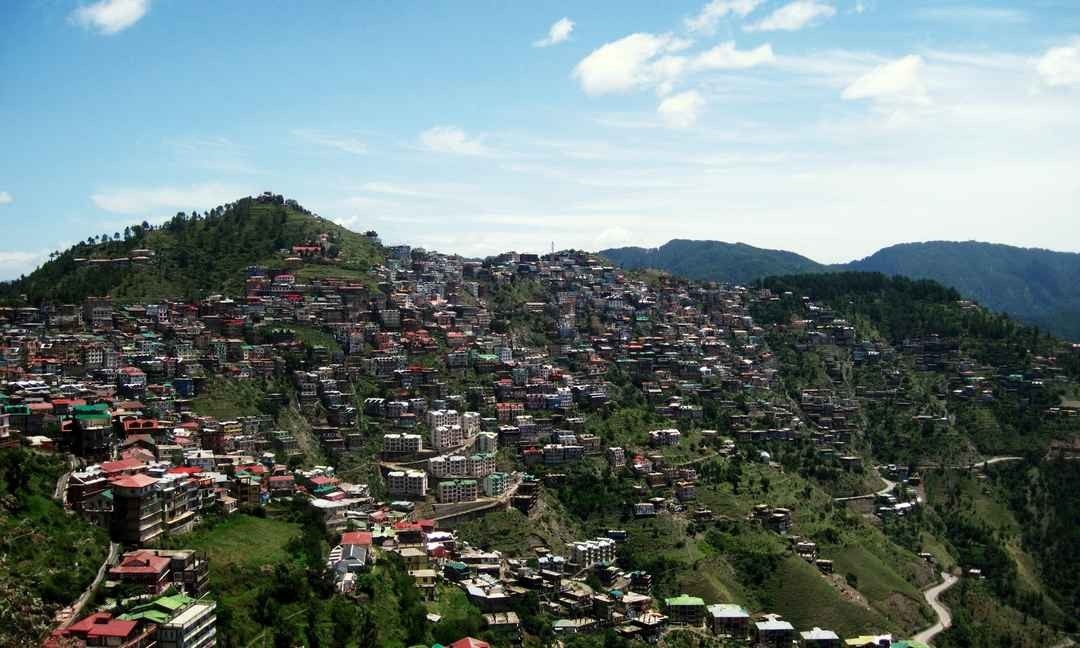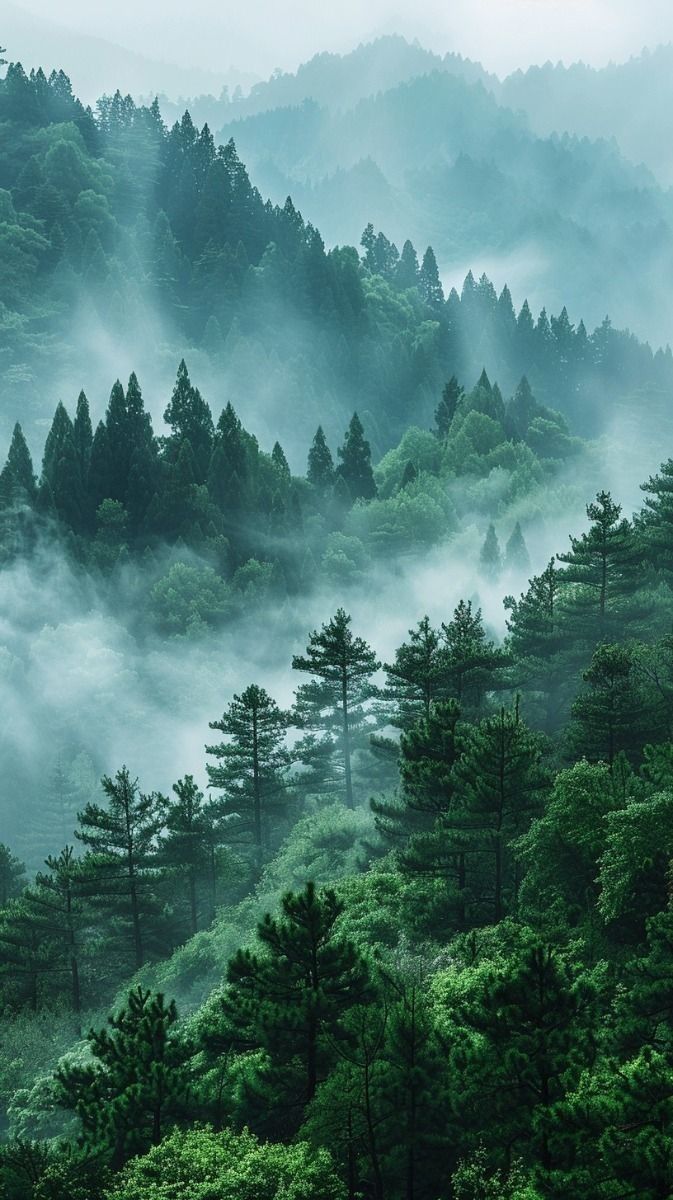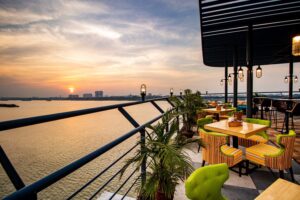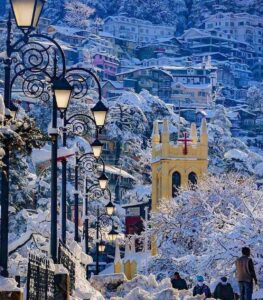Introduction
Nestled amidst the misty pines and rolling hills of Himachal Pradesh, Sanjauli holds a unique place in the heart of Shimla. While most visitors are drawn to the Mall Road, Ridge, or Jakhoo Hill, the locals of Shimla often say: “If you want to see the real Shimla, go to Sanjauli.” This bustling suburb, just a few kilometers away from the city center, is often referred to as “the heart of Shimla” because of its blend of history, culture, education, commerce, and daily life.
Unlike touristy areas that sometimes feel curated for outsiders, Sanjauli is where Shimla lives, breathes, and grows. From its lively bazaar that never sleeps to its prestigious colleges shaping the region’s intellectual backbone, Sanjauli is both a modern neighborhood and a guardian of the town’s heritage. It is home to students, traders, government employees, and generations of families who have kept Shimla’s traditions alive while embracing contemporary lifestyles.
This blog will take you through a detailed exploration of Sanjauli—its history, culture, food, markets, education, challenges, and charm—to show why it rightfully deserves the title of Shimla’s heart.
History and Origin of Sanjauli
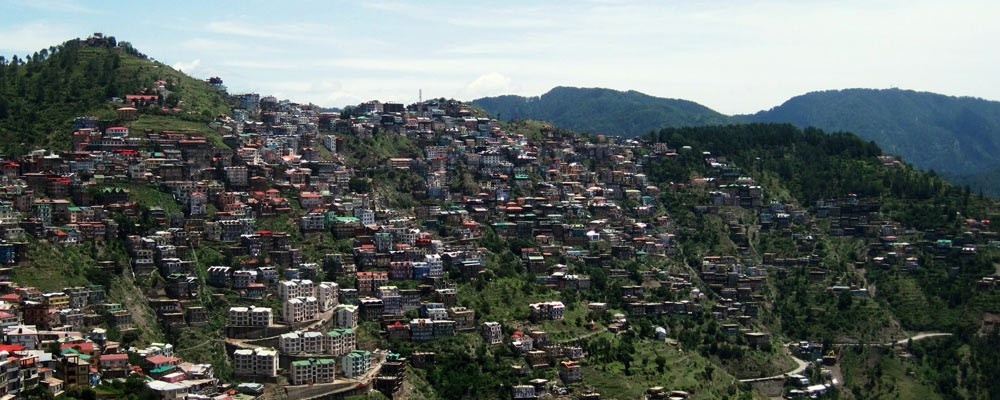
Early Settlement and Colonial Influence
Sanjauli’s history is closely tied to Shimla’s own story. During the British colonial period, Shimla rose to prominence as the summer capital of British India. While the British administrators and elite built residences along Mall Road and surrounding hills, the supporting settlements began expanding in areas like Sanjauli.
Initially, Sanjauli ( the heart of Shimla) developed as a modest bazaar and a cluster of homes for locals who worked in the administrative sector or provided goods and services to the British and Indian elites in Shimla. Its location, slightly away from the crowded Ridge, made it an accessible yet quieter neighborhood, allowing residents to connect with both the city and the natural surroundings.
Sanjauli’s Role in Shimla’s Growth
Over time, Sanjauli became more than just a peripheral settlement. As Shimla grew, so did Sanjauli, transforming into a self-sustained hub. It developed schools, colleges, hospitals, and a marketplace that attracted not just locals but also people from neighboring villages.
By the late 20th century, Sanjauli had evolved into a vibrant locality known for its strong educational institutions and its role as the commercial backbone of Shimla. The establishment of the Government Degree College Sanjauli marked a turning point, making it a hub for students from across Himachal Pradesh.
Transformation from Bazaar to Bustling Hub
The Sanjauli Bazaar is one of the oldest and most iconic markets in Shimla. What started as a cluster of small shops selling essentials has now expanded into a lively commercial center with everything from traditional Himachali stores to modern boutiques. Over the decades, the bazaar has witnessed the evolution of Shimla’s culture—where woolen weavers, fruit vendors, and tea stalls now stand alongside mobile stores, cafés, and bakeries.
Geography and Location
Where Sanjauli is Situated in Shimla
Sanjauli is located about 3 km from the Ridge and is connected via the famous Sanjauli-Dhalli Tunnel, one of the oldest vehicular tunnels in Himachal Pradesh. It lies on the road that connects Shimla to Dhalli, Kufri, and further towards Narkanda and Kinnaur.
Because of its location, Sanjauli is often the gateway for travelers heading toward apple orchards in Kotkhai and Rohru or the adventure destinations of Kufri and Narkanda.
Climate and Natural Setting

Like the rest of the heart of Shimla, Sanjauli experiences a cool climate. Summers are pleasant, making it ideal for long walks around its neighborhoods, while winters cover the area in snow, turning it into a postcard-perfect scene. Unlike the bustling Mall Road, Sanjauli offers a closer connection to daily life amidst nature, with forest trails that lead to Jakhoo Hill or further into pine-clad valleys.
Accessibility and Connectivity
Sanjauli is well-connected by road, with local buses, taxis, and shared cabs making it easy to commute between the Ridge and Sanjauli. The tunnel connecting it to Dhalli also improves access to highways leading eastward. Its location and connectivity make it both a residential hub for locals and a transit point for travelers heading deeper into Himachal.
The Heart Of Shimla “Sanjauli” as the Educational Hub of Shimla
Famous Colleges and Schools
Education is one of Sanjauli’s strongest identities. The locality is home to some of Shimla’s most prestigious institutions:
- Government Degree College Sanjauli (RKMV College): Established in 1969, this institution is among the largest in Himachal Pradesh and offers a wide range of academic disciplines.
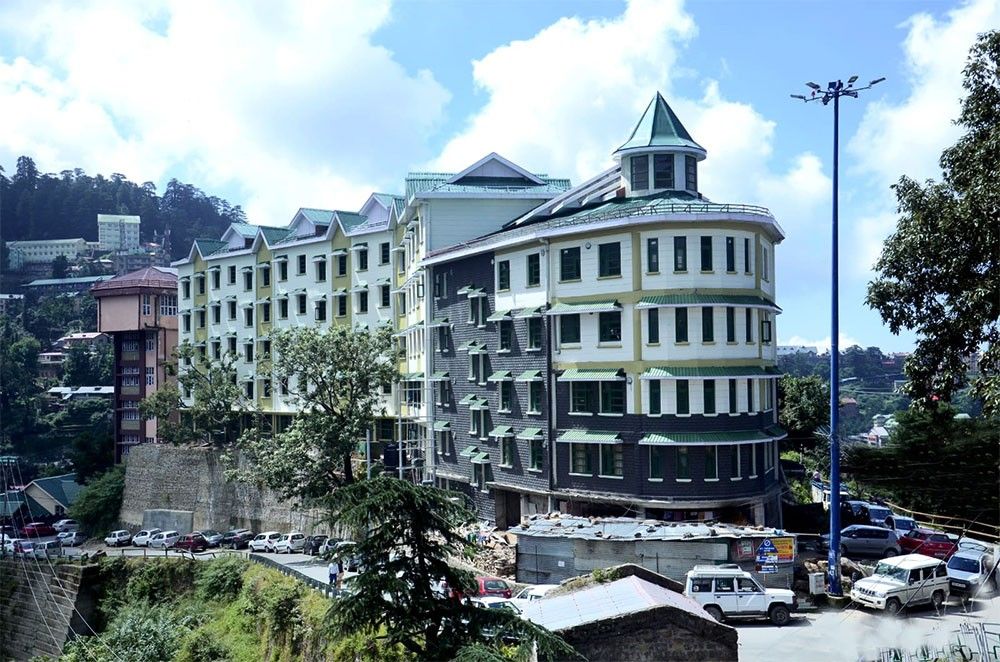
- St. Bede’s College (nearby): A historic women’s college known for its academic excellence.
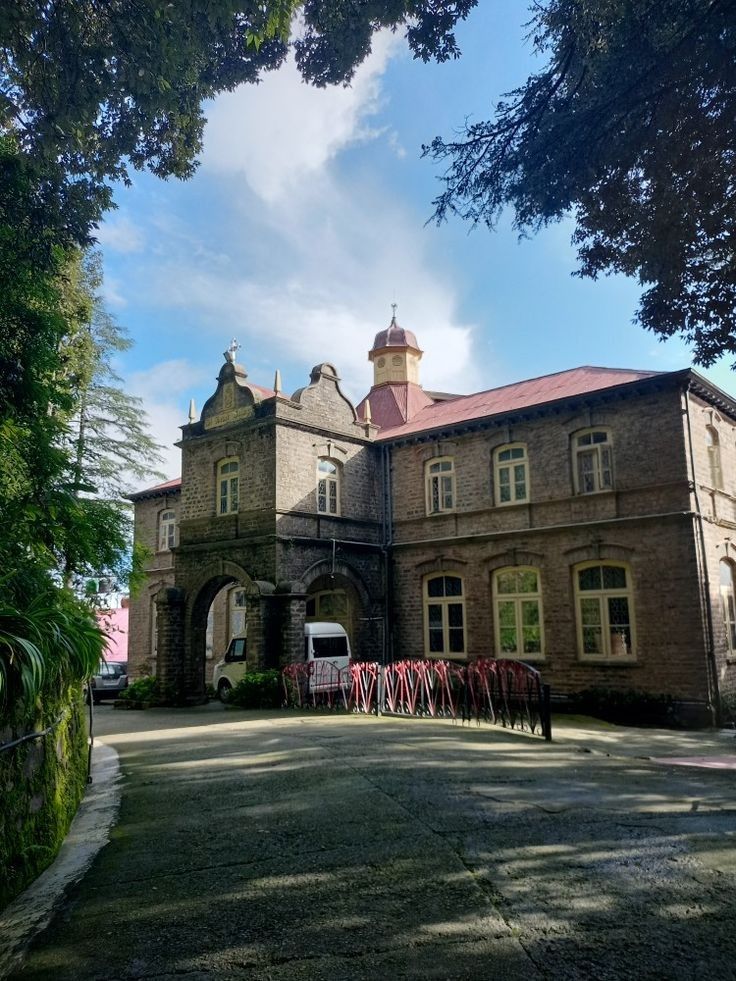
- Dayanand Public School & Other Schools: Smaller schools serve local families, ensuring Sanjauli’s reputation as an educational hub.
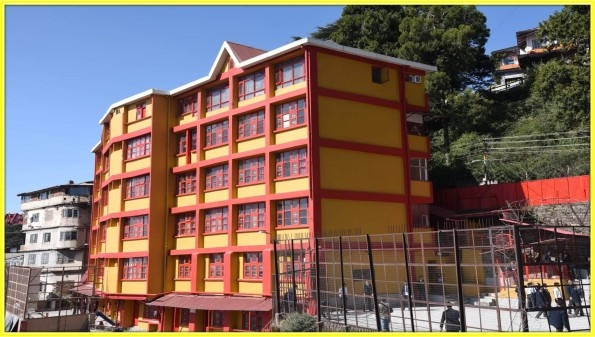
Student Life in Sanjauli
With thousands of students coming from across the state, Sanjauli has a lively, youthful energy. The area’s cafés, stationery shops, hostels, and budget eateries all thrive on student life. Street corners are buzzing with groups of young people, and the local economy depends heavily on this vibrant community.
Contribution to Shimla’s Intellectual and Cultural Growth
Over the decades, Sanjauli has produced scholars, bureaucrats, writers, and artists who have shaped Shimla’s reputation as an intellectual center. The presence of students from diverse districts has also made Sanjauli a cultural melting pot within Shimla.
Markets and Local Economy
Sanjauli Bazaar – Daily Life and Essentials
The heart of Shimla ” Sanjauli Bazaar” is often described as a “mini-Shimla” in itself. Unlike the Mall Road, which caters heavily to tourists, Sanjauli Bazaar focuses on daily essentials and local commerce. From fresh vegetables, groceries, and woolens to electronics and furniture, the bazaar has everything that residents need.
Famous Eateries and Street Food Corners
- Chhole Bhature Stalls that attract students in the mornings.
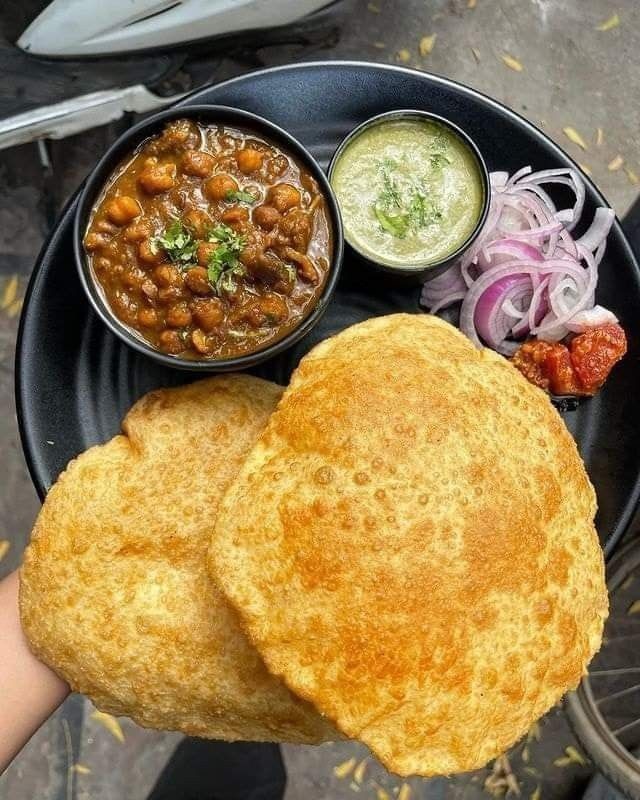
- Local Momos and Thukpa shops, influenced by Tibetan cuisine.
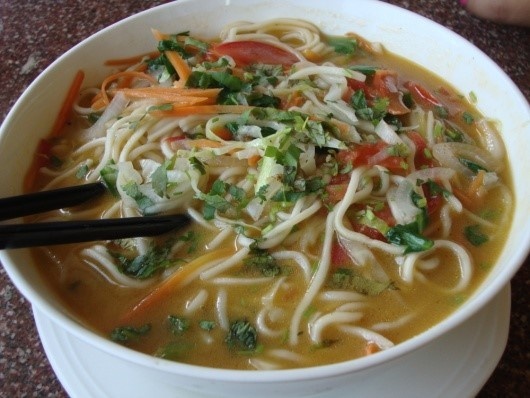
- Bakery Outlets serving patties, cakes, and cream rolls.
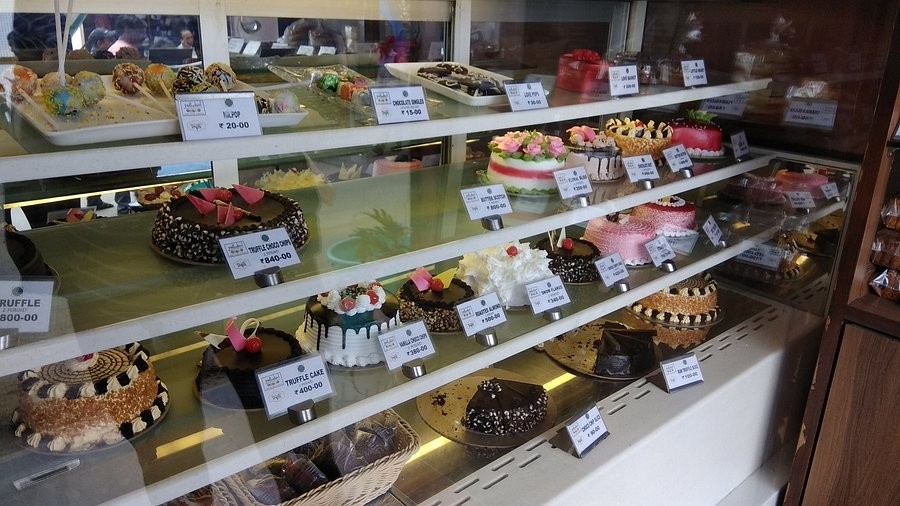
- Tea Stalls that are neighborhood meeting points.
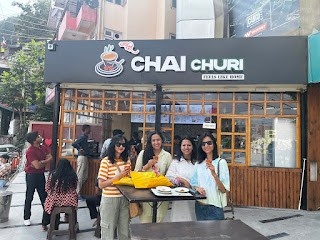
The bazaar isn’t just about shopping; it’s an experience of Shimla’s local life.
Role in Shimla’s Commerce and Trade
Sanjauli acts as a supply hub for smaller localities around it, including Dhalli, Bharari, and Lakkar Bazaar. Traders and shopkeepers rely on its strategic location to serve both residents and passing travelers.
Sanjauli as a Residential and Cultural Center
Neighborhoods and Housing
Sanjauli has grown into a densely populated residential hub with both traditional Himachali homes and modern apartment complexes. Its neighborhoods range from old-style stone houses with sloping roofs to contemporary housing societies.
Local Culture, Festivals, and Traditions
Like the rest of Shimla, Sanjauli celebrates Navratri, Dussehra, Diwali, and Christmas with grandeur. Its proximity to religious institutions adds cultural diversity. Local fairs and student festivals also bring vibrancy to the neighborhood.
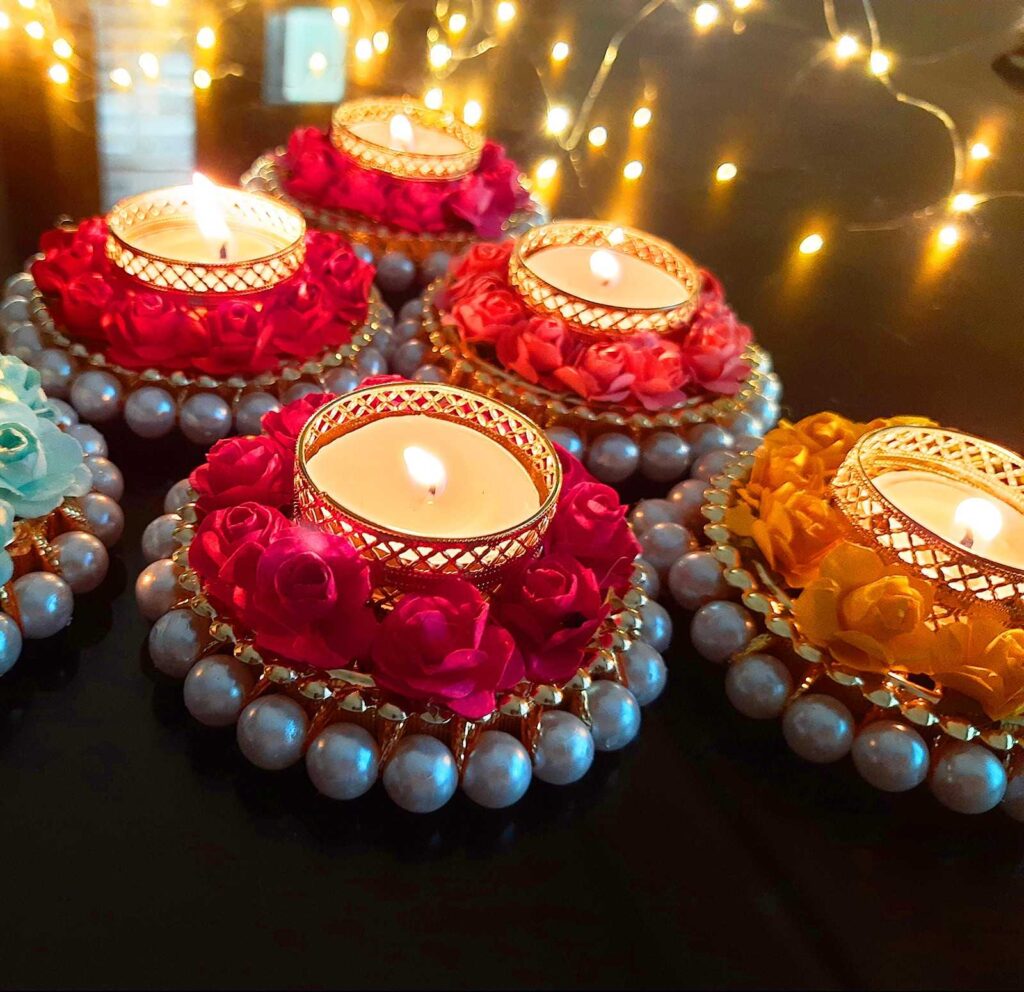
Community Life in Sanjauli
Sanjauli thrives on its community-driven lifestyle. Neighbors often know each other well, children play in narrow lanes, and shopkeepers greet customers by name. Despite modernization, the locality has preserved a sense of belonging.
Attractions in and Around The Heart Of Shimla Sanjauli
- Religious Places: Temples like Hanuman Mandir and small neighborhood shrines.
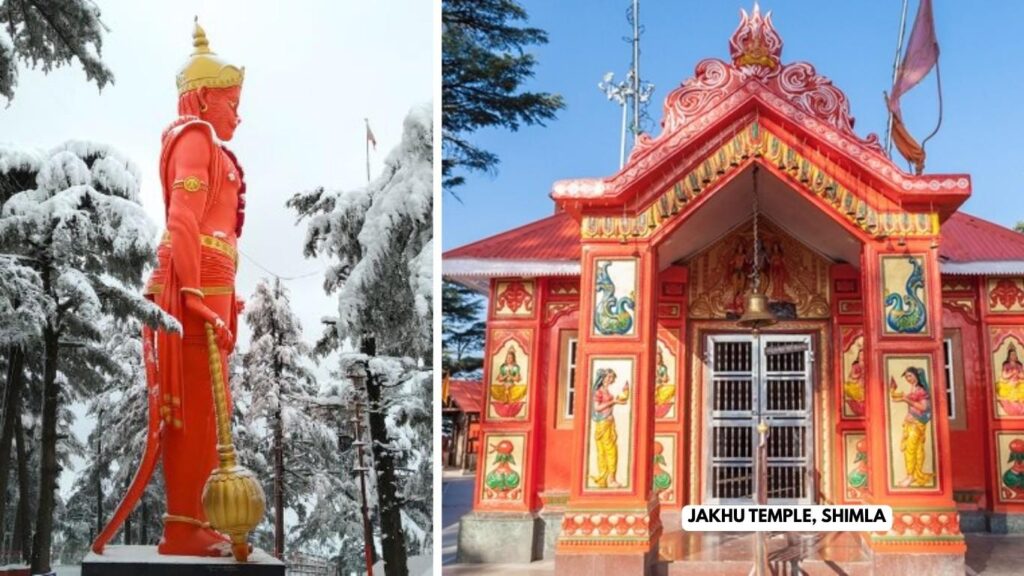
- Natural Trails: Forest routes leading toward Jakhoo Hill or Kufri.
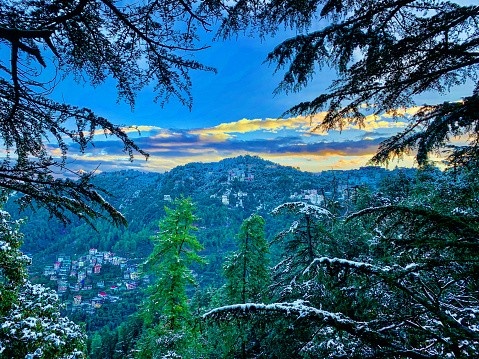
- Sanjauli-Dhalli Tunnel: An engineering marvel of its time.
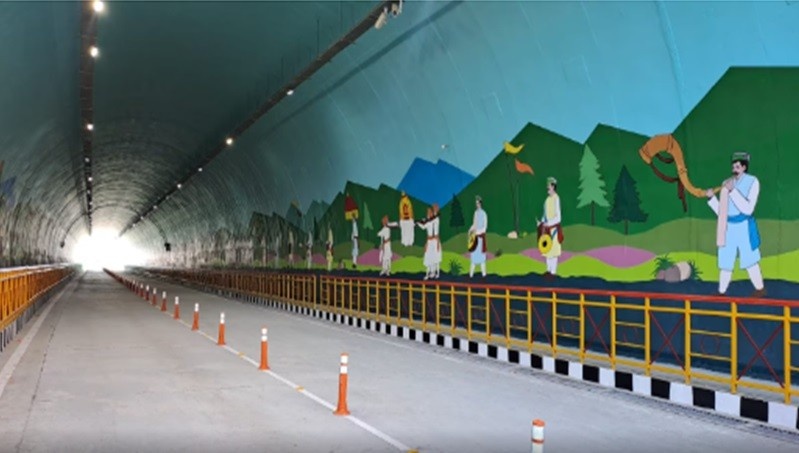
- Viewpoints: Roads and lanes that open up to breathtaking Himalayan vistas.
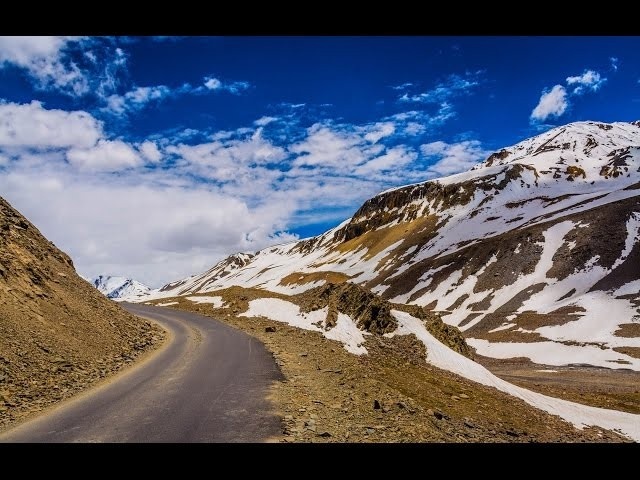
Sanjauli and Modern Development
- Infrastructure: Improved roads, public transport, and internet connectivity.
- Lifestyle Changes: Rise of cafés, gyms, and modern retail.
- Challenges: Like any urbanizing area, Sanjauli faces traffic congestion, waste management issues, and environmental concerns.
Food Culture of The Heart Of Shimla “Sanjauli“
From budget-friendly student dhabas to cozy cafés, Sanjauli has a diverse food scene:
- Local Himachali Joints serving Siddu, Rajma Chawal, and Chha Gosht.
- Tibetan Influences with momos and soups.
- Modern Cafés frequented by students.
- Street Snacks like Maggi stalls and tea shops that keep the local vibe alive.
The Heart OF Shimla “Sanjauli” in the Eyes of Locals and Tourists
- Locals see it as their lifeline—where they shop, study, and socialize.
- Tourists often discover it as an offbeat alternative to Mall Road.
- Its blend of authenticity and activity makes Sanjauli an essential stop to understand Shimla’s real spirit.
The Heart Of Shimla ” Sanjauli” Travel Tips for Visitors
- Best Time to Visit: March–June for pleasant weather, December–January for snow.
- How to Reach: Taxis and buses from Ridge/Mall Road. The tunnel makes it quick to access.
- Where to Stay: Budget lodges and homestays are popular, especially with students and backpackers.
- What to Do Nearby: Explore Jakhoo Temple, Kufri, and Mall Road—all within easy reach.
Conclusion
The heart of Shimla Sanjauli isn’t just a neighborhood—it is the beating the heart of Shimla. Its history, culture, markets, educational institutions, and food make it an inseparable part of the city’s identity. While tourists may spend hours on Mall Road, those who step into Sanjauli discover the soul of Shimla—a place where tradition meets modern life, where students shape the future, and where communities preserve a rich cultural legacy.
Whether you’re a visitor looking to experience Shimla beyond its postcard views or a student seeking an academic hub with mountain charm, Sanjauli welcomes you with open arms. Truly, Sanjauli is not just part of Shimla—it is Shimla in its purest form.




